Installing overhead cranes at varying heights in an industrial facility requires comprehensive technical analysis to ensure safety and efficiency. Below are critical factors to address during the design, assembly, and installation of bridge cranes at different levels within the same industrial space.
1) Installation and Assembly of Cranes at Different Heights
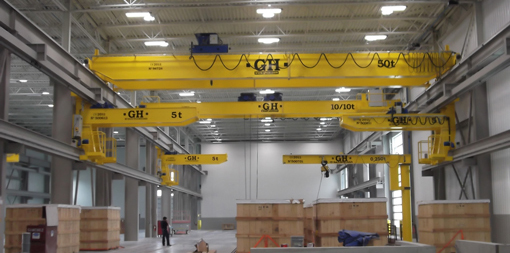
The installation process for overhead cranes at various heights must ensure a configuration that allows efficient operation without compromising structural integrity.
This includes adequate clearance, suitable support beams, and the facility’s load-bearing capacity to prevent interference between cranes at different heights.
2) Electrical Line Setup
Electrical connections for each overhead crane should be independently planned with careful attention to the distances between heights and locations.
Avoiding cable congestion and ensuring each bridge crane has direct access to its power source is crucial.
Conductor bar systems or festoon systems are typically used, enabling crane movement without interfering with other installations.
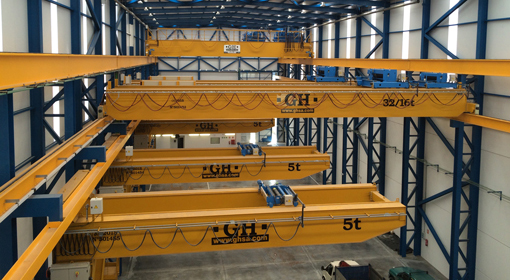
3) Structural Impact on Building Columns
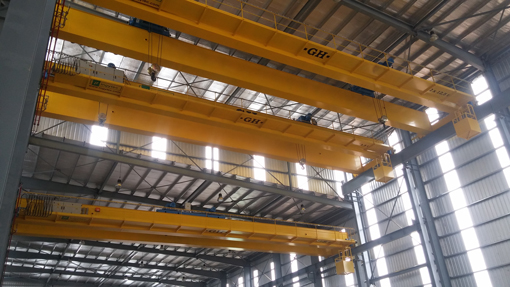
The weight and movement of overhead cranes create horizontal and vertical forces on the facility’s columns. When multiple cranes are installed at different heights, these structural impacts are intensified, requiring detailed load assessments.
It’s essential to calculate the reactions generated by each bridge crane to prevent deformation or overloading of columns and support beams, often including additional reinforcements or a fatigue analysis of the materials
4) Collision Prevention Systems
Advanced safety systems are essential to avoid collisions between overhead cranes operating at different heights. Laser or radar positioning systems can precisely track each overhead crane’s location, proving especially beneficial in facilities with multiple cranes at varied heights.
These devices create detection zones around each bridge crane and automatically halt its movement if another crane is detected nearby, safeguarding both equipment integrity and personnel safety.
Additionally, end stops and programmed travel limits help prevent crane conflicts.
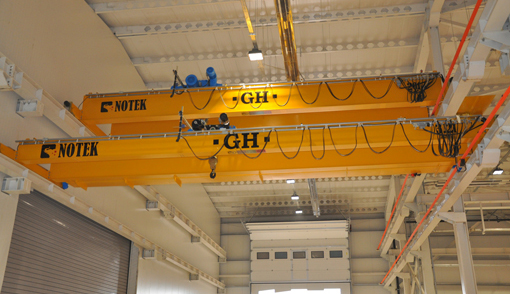
5) Rail Design and Configuration
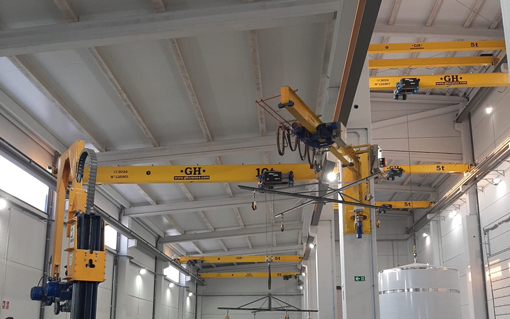
Rail planning for each overhead crane operating at different heights should consider the width, height, and track length required for each crane. Precise alignment is essential to prevent interference between cranes.
This design aspect includes evaluating potential curvatures or rail intersections and implementing dampers and guide systems to maintain stability and safety.
Conclusion
Installing overhead cranes at various heights in a single facility requires meticulous planning, considering both structural configuration and advanced safety systems. By integrating tailored solutions in electrical setup, load calculations, and collision prevention, a secure and efficient workspace is achieved, maximizing the functionality of each bridge crane without compromising structural integrity or personnel safety.
